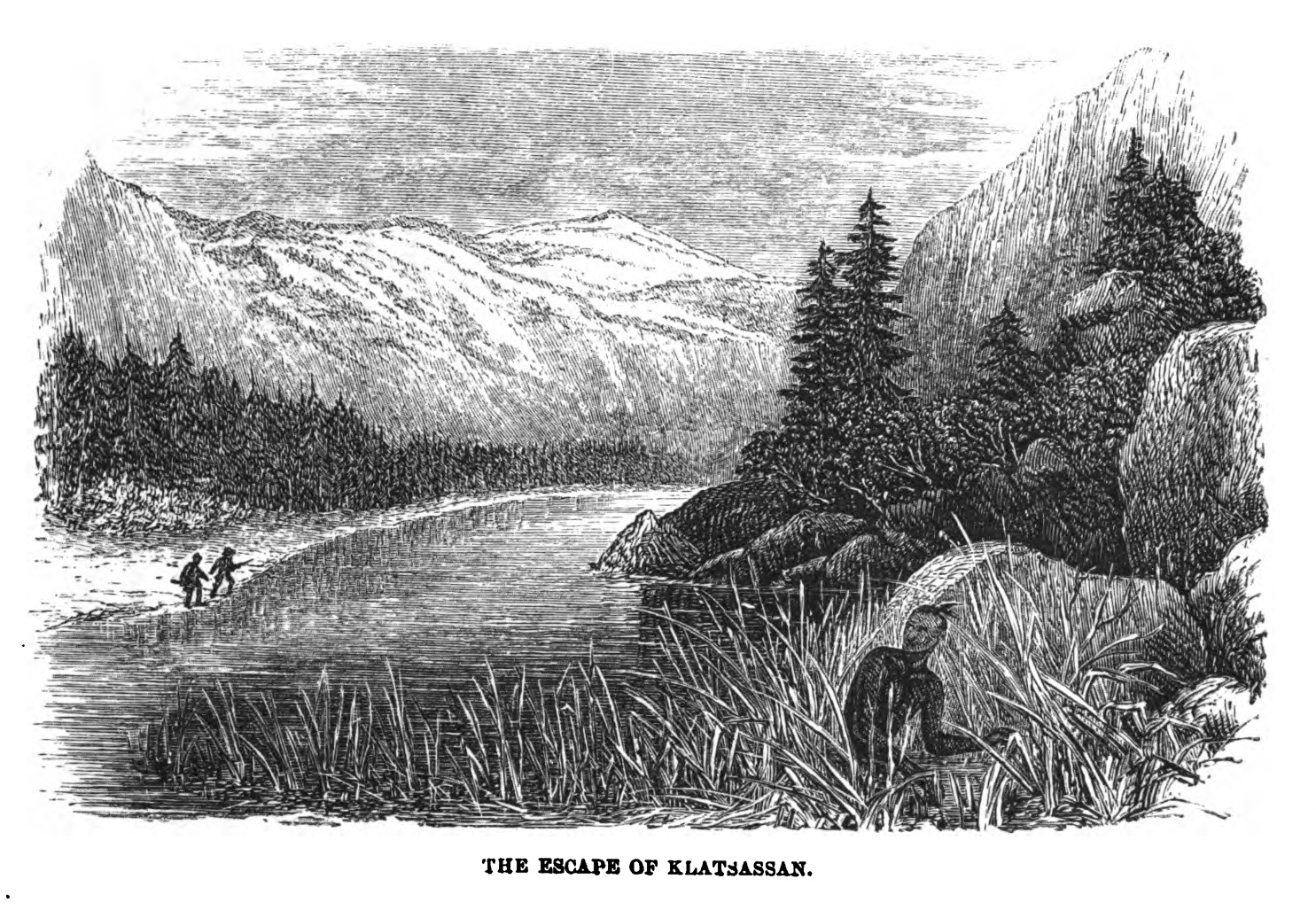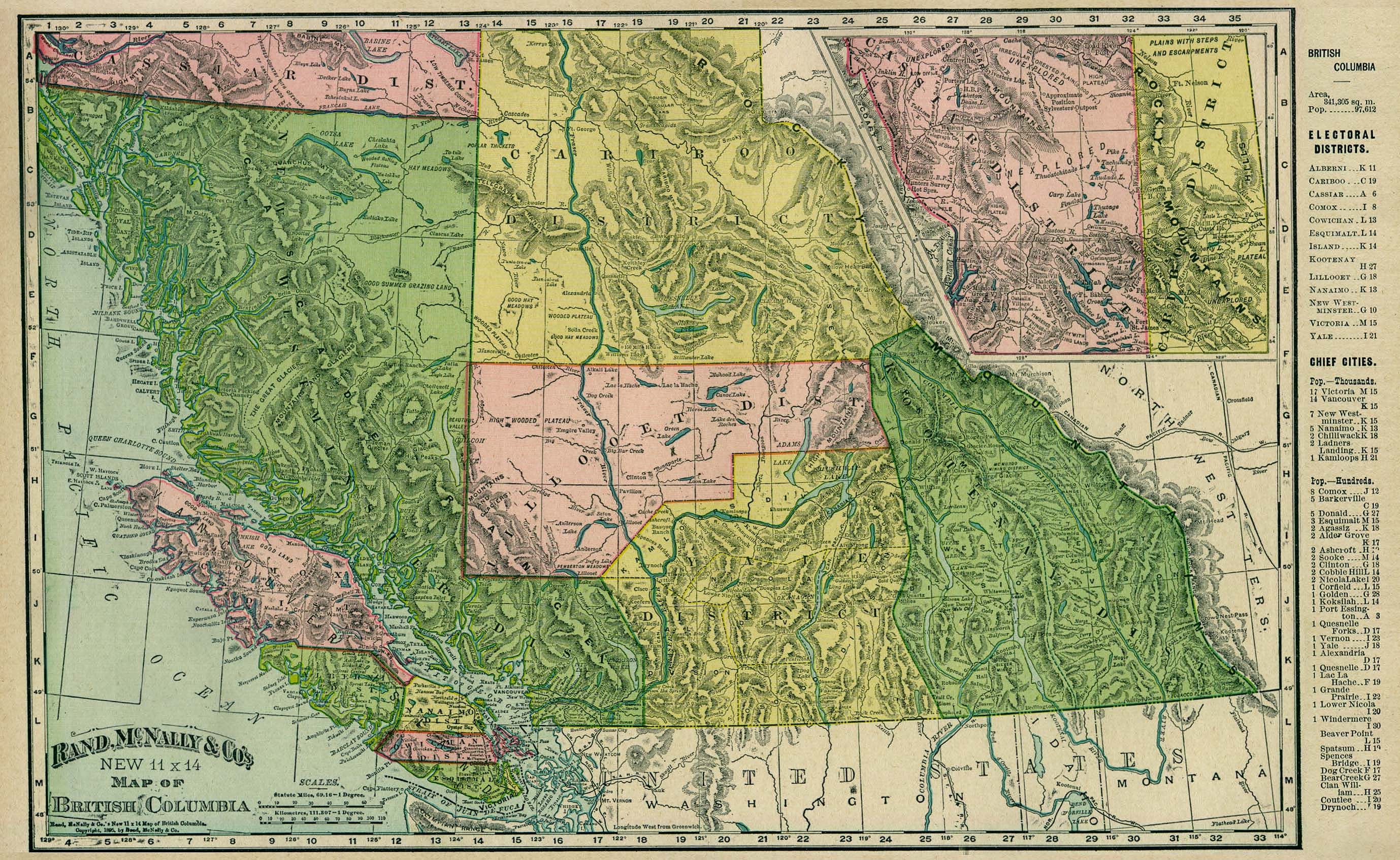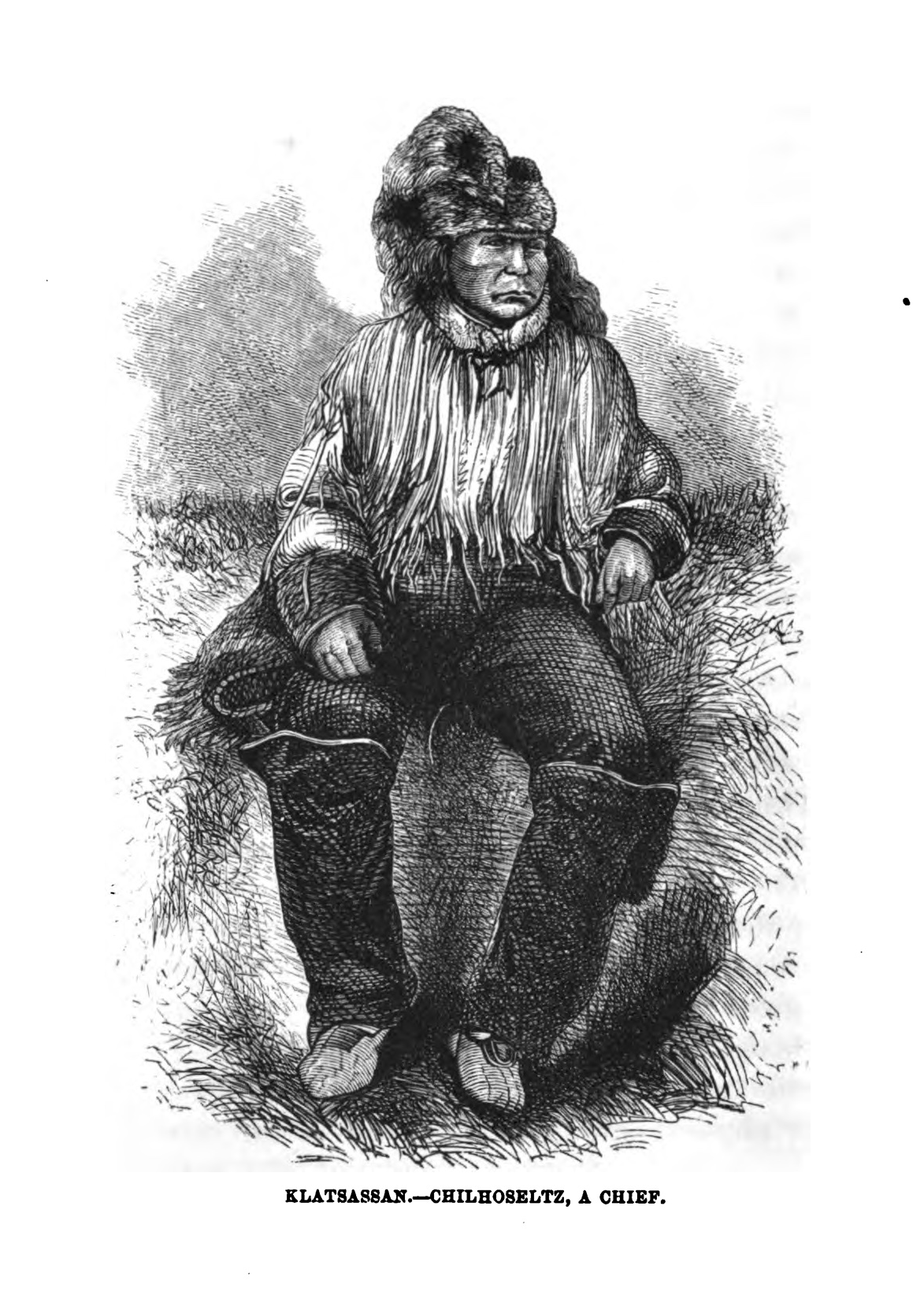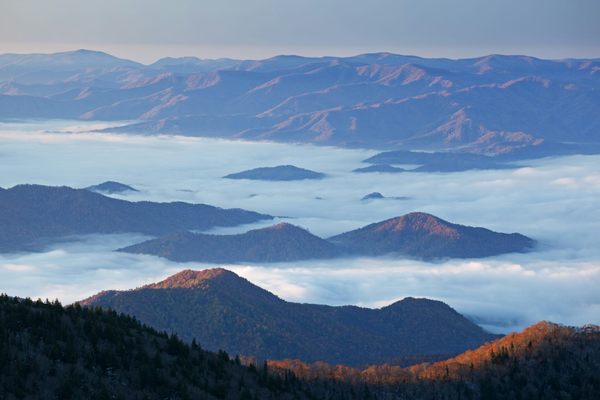The Exoneration of 6 Indigenous Canadian Chiefs, Wrongfully Executed in 1864
The long road to reparations.

On October 26, 1864, 250 people gathered before sunrise at a grassy spot overlooking the Fraser River, in what is now Quesnel, British Columbia. Most of the crowd were Indigenous Canadians, many of whom had traveled for days. These onlookers were there to honor five men about to die on a scaffold provocatively set up on the site of an Indigenous graveyard: their Tsilhqot’in chiefs, Telloot, Klatsassine, Tah-pitt, Piele, and Chessus.
At 7 a.m., these chiefs were hanged as murderers. In early 1865, another chief named Ahan was also hanged. This week, more than 150 years later, Canadian Prime Minister Justin Trudeau offered an official government apology for their deaths, and full exoneration. “As much as it is in our power to do so, we must right the wrongs of the past,” he said. “We are truly sorry.”
In the years leading up to that morning, the tribe had suffered terrible losses of people and land. Smallpox, spread by settlers, had destroyed local populations and killed thousands of Indigenous people across the province. The colonial government took few measures to control the spread of the disease—a refusal to attempt quarantine, no real vaccination efforts—and an outbreak became an epidemic, with the elderly and strong alike becoming feverish and nauseated, and then covered in painful lesions, filled with pus. With no real immunity, approximately half of British Columbia’s Indigenous population was killed.


Infected Indigenous people who had caught the disease from settlers in cities were forced back to their home territories in canoes at gunpoint, spreading it up the coasts. Today, many Indigenous people view this negligence as a deliberate act of genocide. “The colonial authorities … knew that would spread smallpox throughout British Columbia,” the Indigenous artist Marianne Nicholson told Maclean’s magazine. “At that point in time the [government] wanted to be able to claim those lands without having to compensate or recognize Indigenous title.”
Smallpox left huge swathes of fertile land, previously inhabited by Indigenous communities, abandoned, which was quickly taken over by settlers and loggers. In the early 1860s, work began on a pack-train trail, with a wagon road that went through Tsilhqot’in territory. Having already seen the damage settlers and the diseases they brought with them could do, the tribe resisted. The arrival of workers in Tsilhqot’in territory, without Tsilhqot’in permission, was seen as a declaration of war.
In April and May 1864, Tsilhqot’in people killed a total of 21 white settlers, including sleeping road workers, a farmers, and a ferry attendant. So far as the Tsilhqot’in were concerned, this was the ordinary course of warfare, and the necessary cost of protecting their land and their people from further biological devastation. In a recent video posted to Facebook, present-day Chief Joe Alphonse said, “Our warriors defended our women, our children, our lands.” They were doing only what they had to to fend off attack. But in colonial capitals, their actions had set off a wave of fury and public outcry for retribution. The chiefs were seen to be murderers, who would have to pay the price.

Members of the colonial government began looking for the chiefs, but were unable to find them across the hugeness of Tsilhqot’in territory. Then, in August, eight Tsilhqot’in warriors, including five of the chiefs, accepted an invitation to come into the colonial camp, unarmed, to discuss the possibility of peace. They had been promised friendship, and smoked tobacco with the settlers as a gesture of reconciliation. But as they slept, they were shackled and taken prisoner. The following month, they were tried as murderers; in October, they were hanged.
Even at the time of the trial, some settlers had misgivings about how the chiefs had been arrested. “We have all heard of the sacredness of the pipe of peace … among the Indians,” Judge Matthew Begbie, who tried them, wrote to the governor in the days after the trial. “It seems horrible to hang five men at once, especially under the circumstances of the capitulation.” Still, he acknowledged, “the blood of 21 whites calls out for retribution.”
More than 150 years later, the events, known as the Chilcotin War, loom large in the present-day Tsilhqot’in imagination. In the 1990s, provincial court judge Anthony Sarich recommended an official apology. “In every village,” he wrote in an official report, “the people maintained that the chiefs who were hanged at Quesnel Mouth in 1864 as murderers were, in fact, leaders of a war party defending their land and people.” Trudeau’s official apology is the third of its kind. In 1993, the Attorney-General of British Columbia issued an apology for their hangings, and funded first the excavation of the chiefs’ makeshift grave sites, and then their proper burial. In 2014, the premier of British Columbia, Christy Clark, went further still, apologizing for their wrongful deaths. “The Tsilhqot’in people rightly regard these chiefs as heroes of their people,” she said. “So today we offer this apology, a historic day 150 years later.”
Trudeau’s words are just one more step towards the reparations the Tsilhqot’in still feel they are owed. In an official statement, Tsilhqot’in members spoke of the suffering they had endured as a result of the trials. “Our families, especially the women, carried this hurt all these years,” they posted on Facebook. “We can only imagine how the women felt when their Chiefs, their warriors, their husbands, their sons, their brothers were hanged.” Speaking to the Guardian, Alphonse said still more needed to be done to return their lands to how they had been before European contact. “It’s time for Canada to step up to the plate. It’s time to get this done. It’s time to make this a better Canada.”

















Follow us on Twitter to get the latest on the world's hidden wonders.
Like us on Facebook to get the latest on the world's hidden wonders.
Follow us on Twitter Like us on Facebook